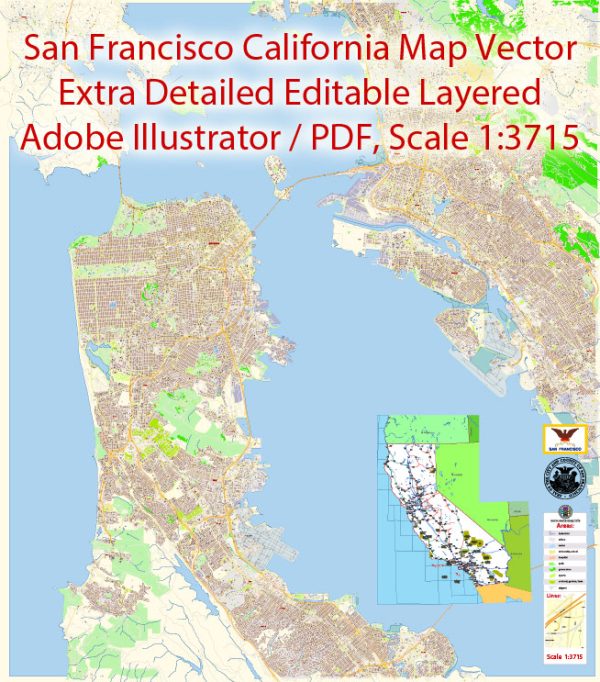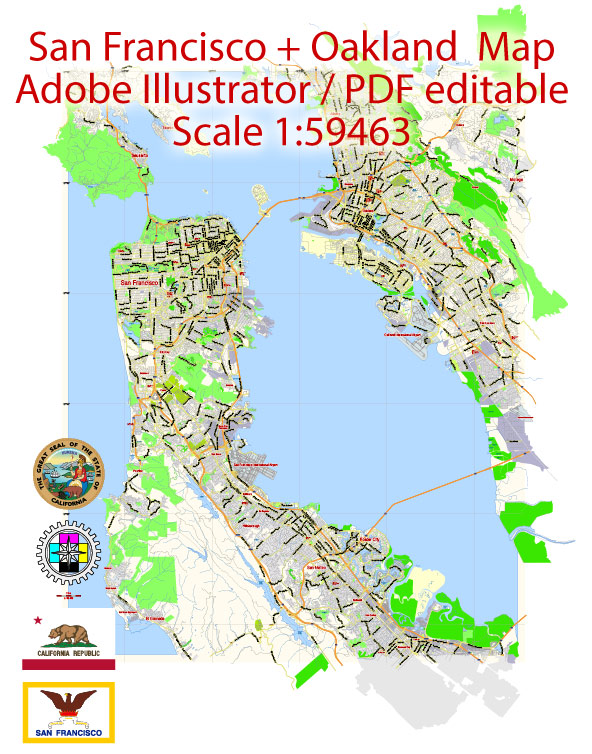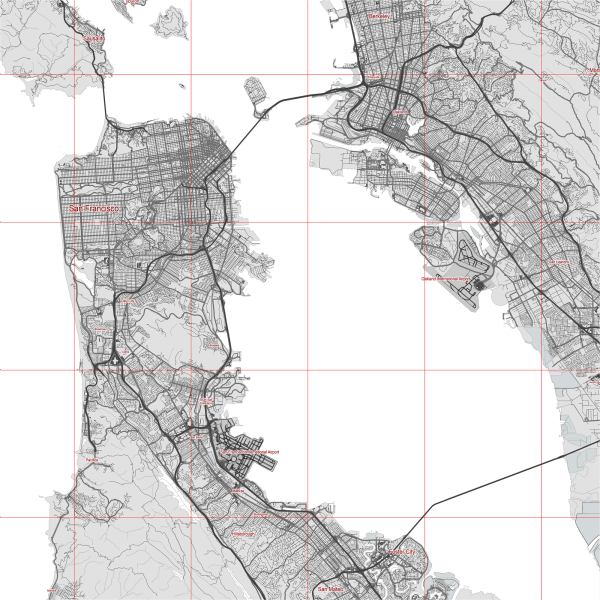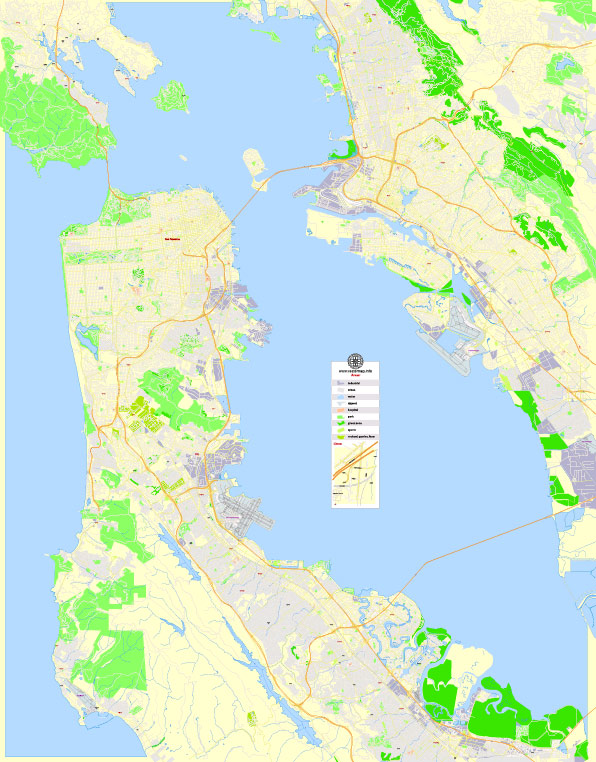The history of urban development in the San Francisco-Oakland metropolitan area in California is rich and complex, shaped by a variety of factors including geography, economic trends, technological advancements, and social dynamics. Here is a brief overview:
- Indigenous Peoples: Before European colonization, the Bay Area was home to indigenous peoples such as the Ohlone. They lived in villages around the bay, utilizing its abundant natural resources for sustenance.
- Spanish Colonization: The Spanish arrived in the late 18th century, with the establishment of missions and presidios. The Spanish land grants laid the foundation for large estates, some of which later became urban areas.
- Mexican Era: Following Mexican independence, the Mexican land grants continued, and the area saw a mix of ranching and agricultural activities.
- Gold Rush and Rapid Growth: The discovery of gold in 1848 at Sutter’s Mill triggered the California Gold Rush, drawing people from around the world to the region. San Francisco, a small settlement at the time, experienced rapid growth as a major port and the gateway to the goldfields.
- Railroads and Industrialization: The completion of the First Transcontinental Railroad in 1869 further accelerated economic development. Industries flourished, and the cities of San Francisco and Oakland became important hubs for trade and commerce.
- 1906 Earthquake and Rebuilding: The devastating earthquake and subsequent fire in 1906 caused widespread destruction in San Francisco. The city underwent a massive rebuilding effort in the years that followed, with new architectural styles and urban planning principles.
- World War II and Post-War Boom: The Bay Area played a crucial role in the wartime effort, serving as a major naval and industrial center. After the war, the region experienced a post-war economic boom, with the rise of technology and manufacturing industries.
- Suburbanization: Like many American cities, the mid-20th century saw a trend of suburbanization. People moved to the suburbs for various reasons, including the availability of affordable housing and the desire for a more suburban lifestyle.
- Civil Rights Movement: The 1960s brought significant social and political changes, including the Civil Rights Movement. The Bay Area, known for its progressive values, became a focal point for activism and cultural change.
- Tech Boom: In the latter half of the 20th century and into the 21st century, the San Francisco Bay Area emerged as a global center for technology and innovation. Silicon Valley, located to the south of San Francisco, became synonymous with the tech industry, attracting talent and investment from around the world.
- Housing Challenges and Gentrification: The success of the tech industry has also brought challenges, including skyrocketing housing prices, gentrification, and issues related to income inequality. These challenges have sparked debates about urban development and affordability.
- Environmental Considerations: The Bay Area has been at the forefront of environmental consciousness and sustainable urban development. Efforts have been made to balance growth with environmental conservation and address issues such as sea-level rise and earthquake preparedness.
The history of urban development in San Francisco and Oakland reflects the broader trends and transformations experienced by cities across the United States, with a unique regional character shaped by the Bay Area’s geography and diverse population.





 Author: Kirill Shrayber, Ph.D.
Author: Kirill Shrayber, Ph.D.